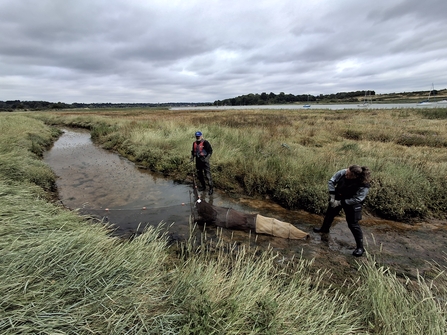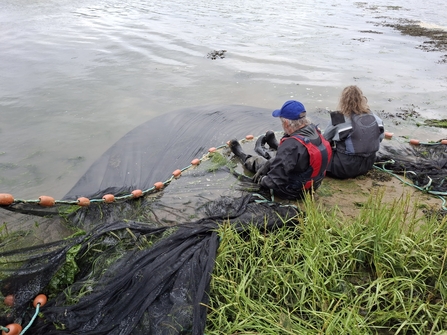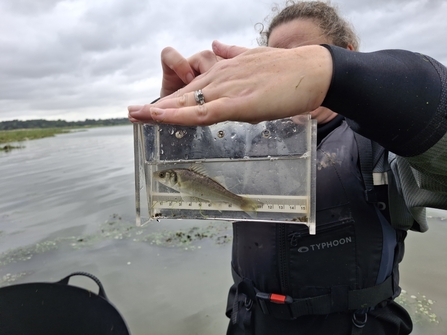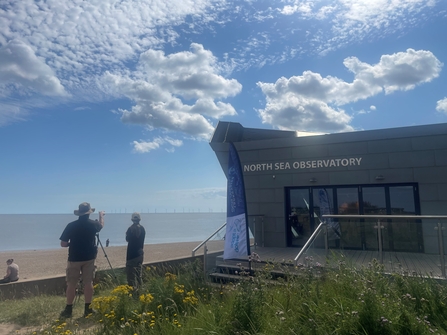What have you been up to during your 5th week of the internship?
Firstly, I have to say I can’t believe that it’s already been 5 weeks since we started in this role. It’s definitely true what they say; time flies when you’re having fun!
This week has been more desk and office based, in both Horncastle and London, because let’s not forget, we do also have quite a few projects to get working on.
Have you only been working on your projects in week 5?
No, not at all! And I doubt in this position there will ever be a whole week where all your time is spent on the projects – there are so many cool and exciting opportunities to be involved in.
We also had to prepare a presentation of our time at ReMeMaRe for the interns that were unable to attend. The whole of the marine team at The Crown Estate were also invited to attend and it was recorded for them to watch at their convenience. It was a great opportunity to work closely with most of the other interns and was really well received as we got some great feedback!
We’ve also started brainstorming for the video that we will be producing for Marine Week and I can safely say we are very excited about the ideas that were brought up. I’m sure we will have lots more to share once we have finished it; for now, it’ll remain top secret!
What about your 6th week in the internship?
It has been jam packed with fun and exciting field work opportunities. Monday and Tuesday we were in Martlesham and Bawdsey Quay in Suffolk. We were on site helping Jessica Ratcliffe and the Suffolk Wildlife Trust (SWT), as well as members of the River Deben Association (RDA), Inshore Fisheries and Conservation Authority (IFCA) and both Steve and Jill Colclough and Tanya Ferry. We were doing fish surveys in saltmarsh and foreshore environments of the Deben Estuary. Tanya and Steve were there training members of the RDA and SWT who intend to conduct these fish surveys more regularly and frequently to monitor which fish populations use the Deben estuary.
In the saltmarsh we used push nets, fyke nets and seine nets to sample the channels and the mouth. The fyke nets were set up at low tide and then left until just after high tide. The seine nets were conducted while the tide was coming in.





